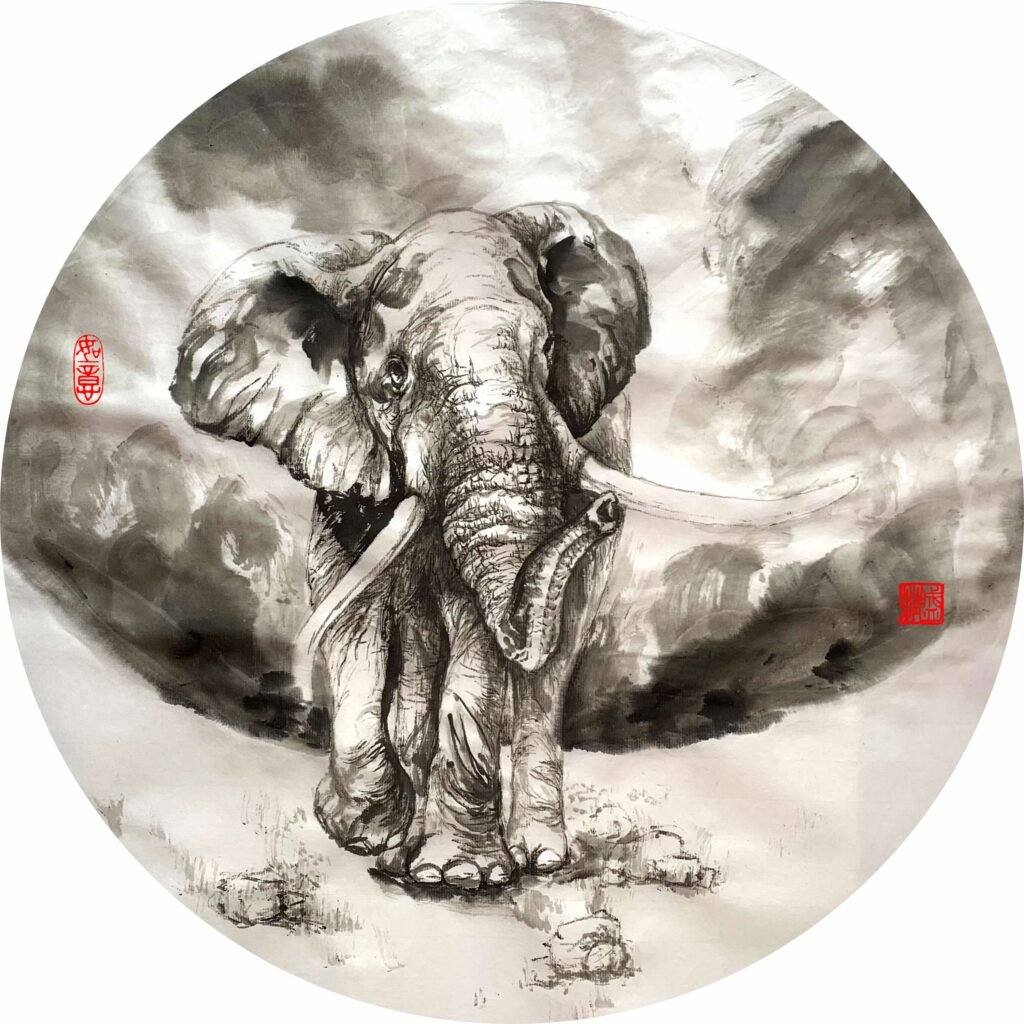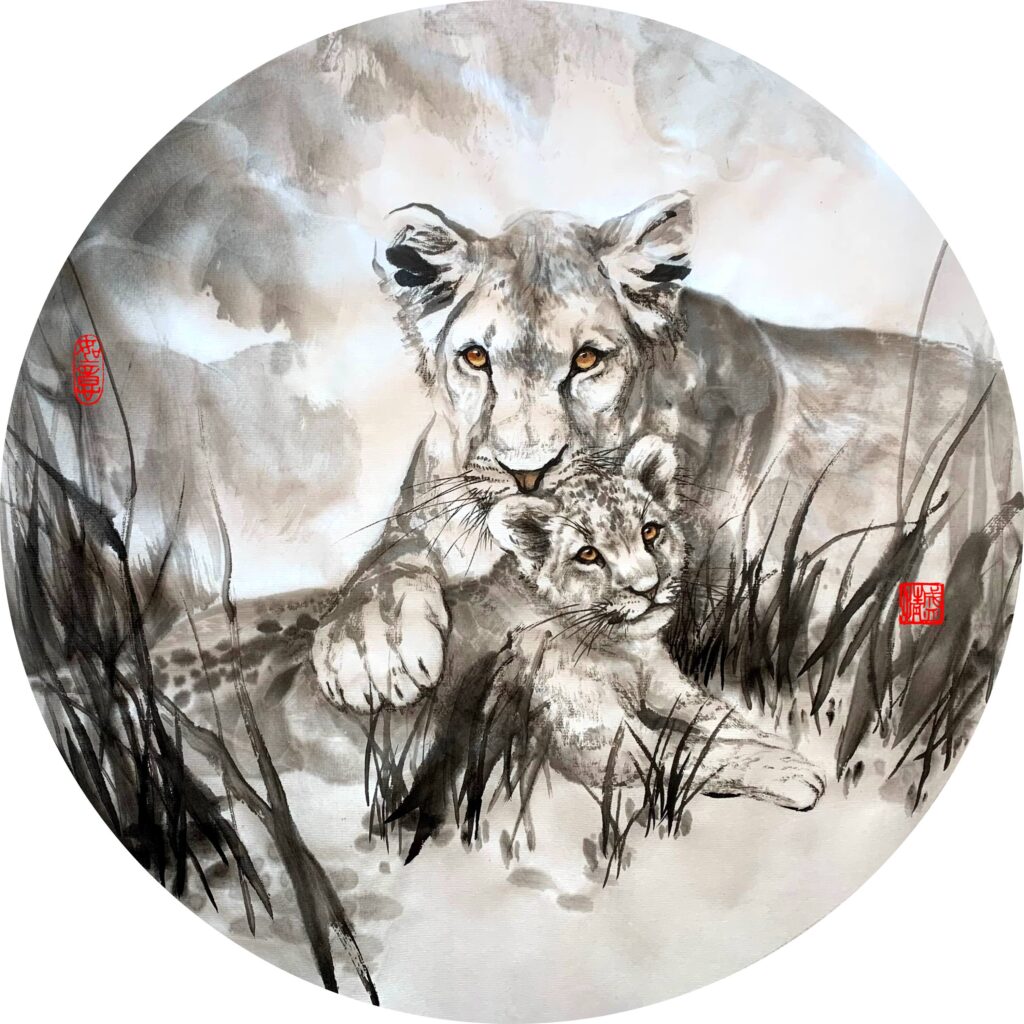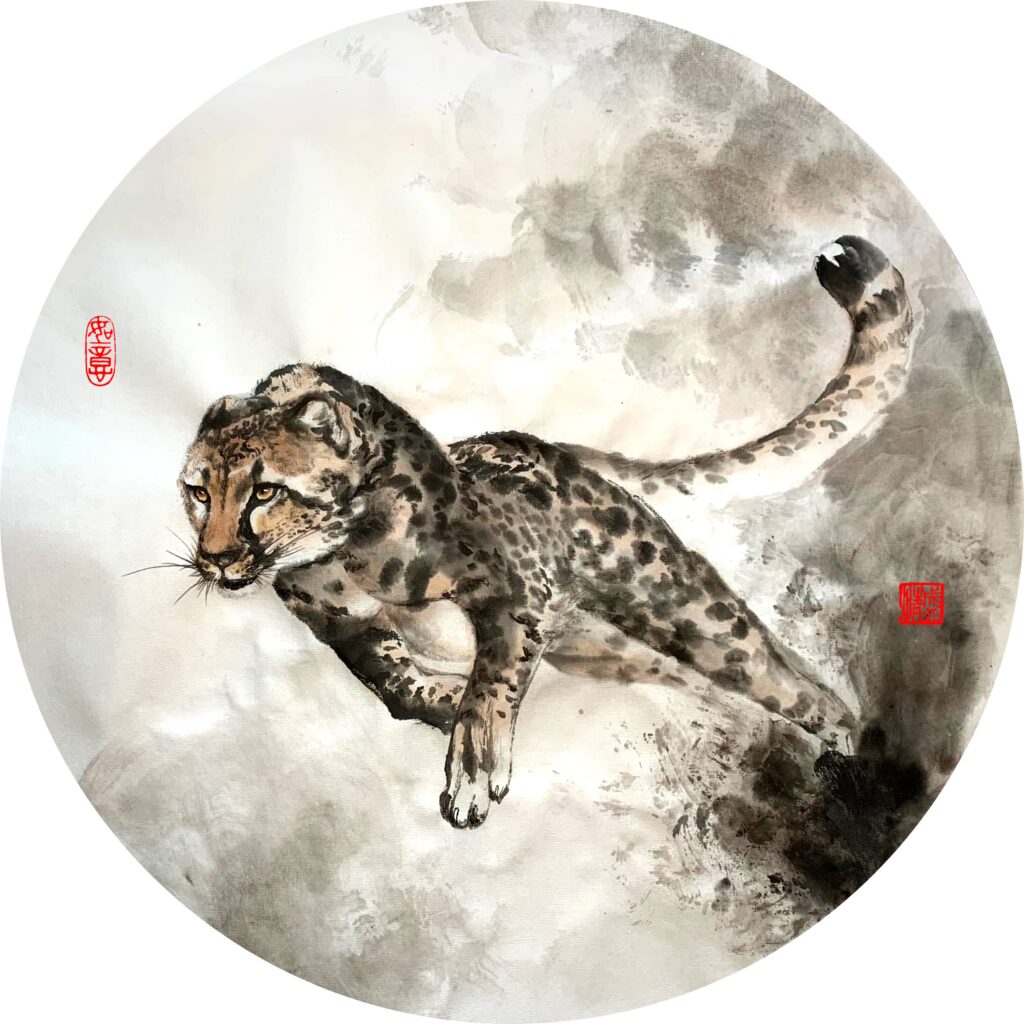In the oriental art world we use the Xuan rice paper, and in the previous post we discussed how to size them in order to use them most efficiently. Today let us discuss another aspect of it, how to make rice paper ripe. Now we all know that there are raw, ripe and half ripe rice papers, why do we need to make the paper ripe anyway?
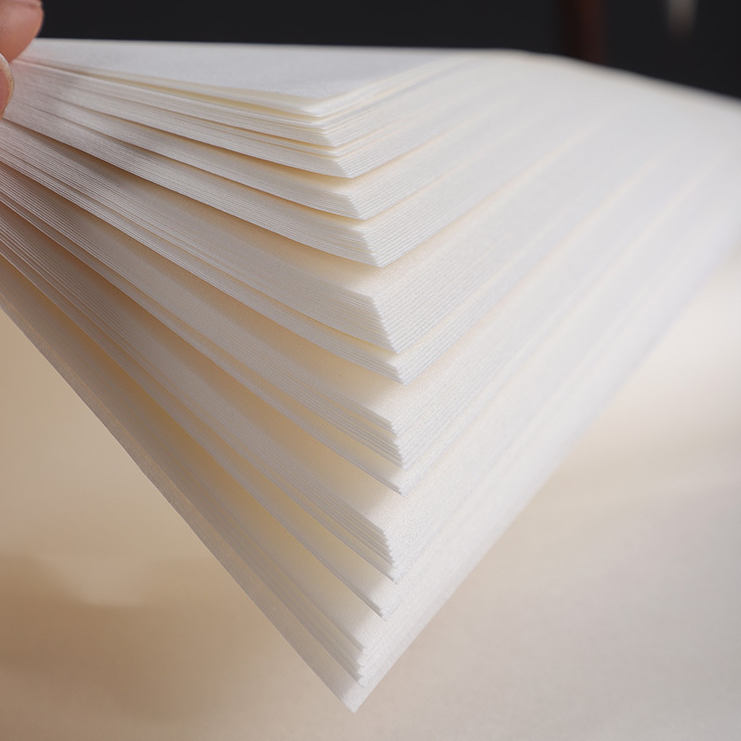
The reasons are multifold.
The most important reason would be to “fix” the defects of already ripe papers or silk. During the Gongbi painting practice, there are often times (it happened more when I was young) that the ripe rice paper or ripe silk contains spots that are actually raw or not ripe enough. In this case when we paint over such spots it becomes obvious that the color within such spots are darker, and that the color sinks through to the back of the paper. If you have seen many Gongbi paintings made several decades ago, it is very common to find such spots in the shape of finger prints that appear more often at the edges of the papers, and sometimes they would even be right in the middle of a person’s face that you consider key to the image, destroying the ambience of the painting immediately. Therefore it becomes crucial to fix the papers that we use. Ripe papers nowadays rarely have such issues anyway, but if you have not kept the papers correctly, overtime the papers may still exhibit such issues.
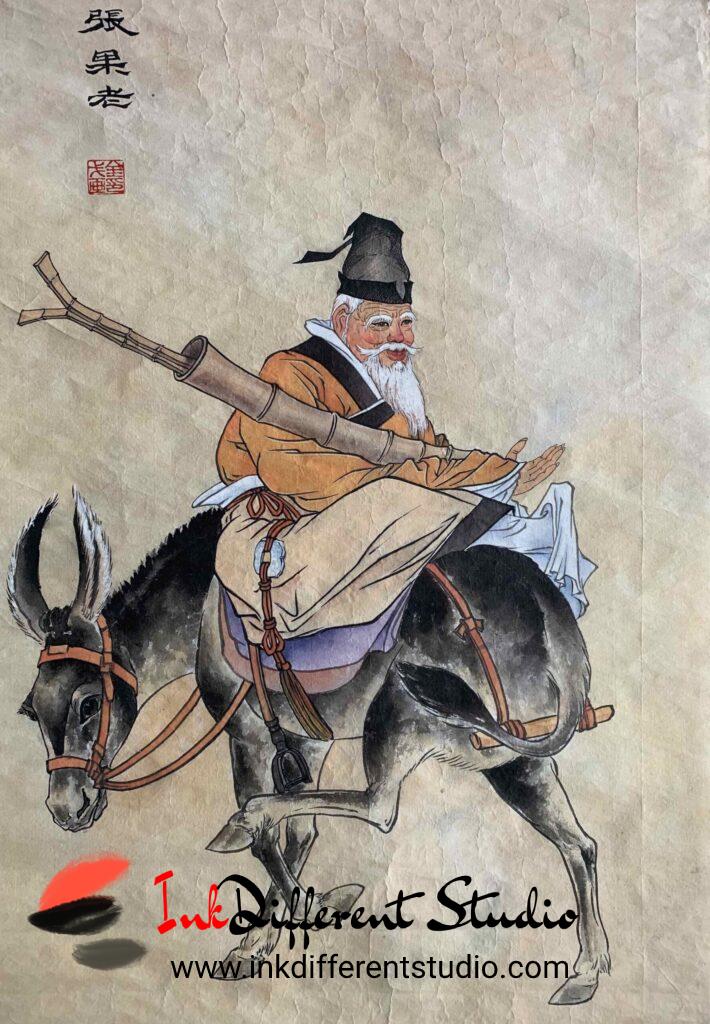
Other times the artists may want to create their own ripe papers or silk after first making use of the qualities of raw papers or silk. Such creations normally would involve an elaborate background. The artists would then make the paper or silk ripe to continue with his or her creations in the realm of the meticulous Gongbi style.
It also happens that during the Gongbi art creation, certain colors require to be secured on the papers, so that during the mounting process such colors would remain intact. These colors usually involve the “rock-based” kinds, which depending on the painting style, may need to be accumulated on the surface of the paper or silk. In this case we also need to engage the same method as in making the paper ripe.
So how to make the paper or silk ripe?

We need a solution made from gelatin and potassium alum. The solution created are used for all the above stated issues, as well as in fixing the ancient paintings. However, the preparation of such procedure can be rather confusing, and perhaps I will be able to shoot a video about this in the future, but right now let me share the information with you in word.
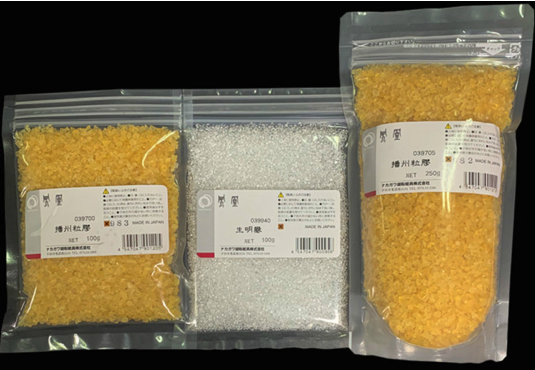
When preparing the gelatin, one can first soak it in cold water to remove the dust, if any, and then soak in warm (up to 80 °C) but not boiling water to fully dissolve it. The alum requires cold water to soak, and make sure to soak and dissolve it a day in advance. Boiling water may interfere with the properties of them, and is advised against.
Depending on the season and personal preferences, the proportion between the gelatin (G) and the alum (A) changes:
- Summer: G:A=6:4
- Winter: G:A=8:2
- Other: G:A=7:3
According to the most popular practice, use the same amount of water to dissolve each of the ingredient before combining them. The final water amount should be about 15 times the weight of gelain and alum combined, in our case, if you use G=7g, A=3g, then the water should be 150g. It is better to use more water to make more diluted solution, and if necessary, apply it a few times. The more concentrated solution would damage the properties of the paper.
If your solution contains too much gelatin, then when painting over it you will find the brush strokes too smooth and that the colors would no longer stay; The opposite case indicates a paper surface that resists the brush strokes too much, and the papers would also become very vulnerable, crispy to be exact. Sometimes this solution also gives the surface a yellow tint, which could cover the bright colors below. So my advise is to use this solution only when necessary!
Our Rice Paper Collection
-
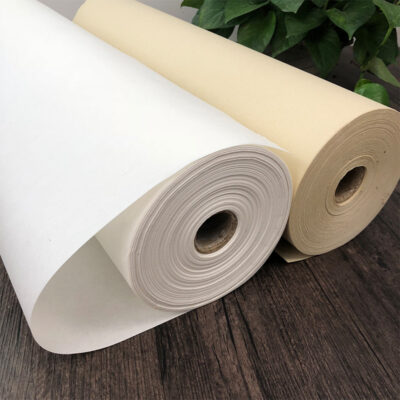 100m Rice Paper Roll
100m Rice Paper Roll -
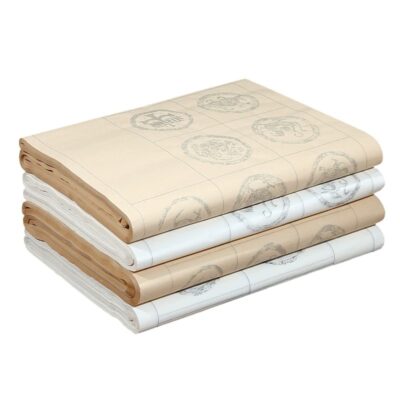 Calligraphy Rice Paper for Poem (with Grids)
Calligraphy Rice Paper for Poem (with Grids) -
 Cloud Dragon High Fiber Rice Paper
Cloud Dragon High Fiber Rice Paper -
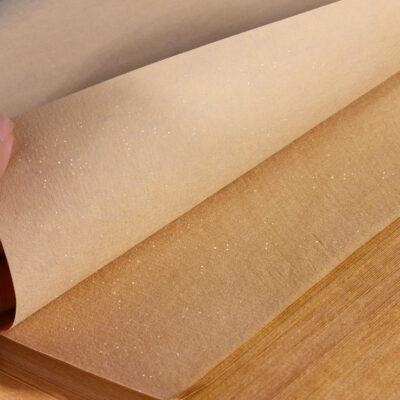 Colored Ripe Rice Paper with Pearly Sparkles
Colored Ripe Rice Paper with Pearly Sparkles -
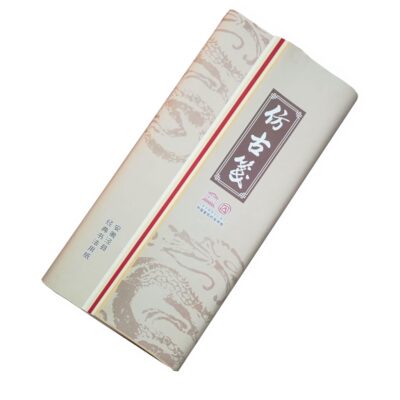 Half-Raw 5 Colored Rice Paper Pack
Half-Raw 5 Colored Rice Paper Pack -
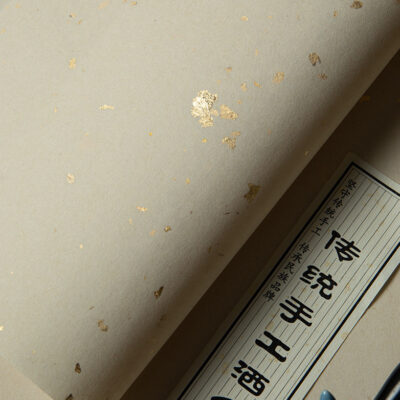 Light Brown Rice Paper with Golden Sparkles
Light Brown Rice Paper with Golden Sparkles -
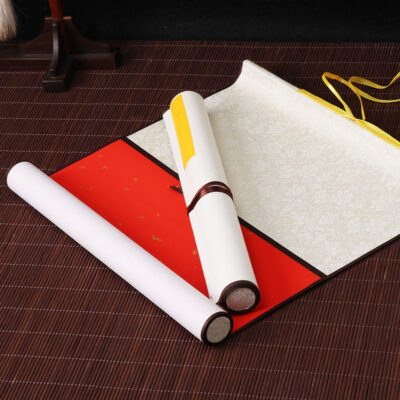 Pre-Mounted Rice Paper Scroll
Pre-Mounted Rice Paper Scroll -
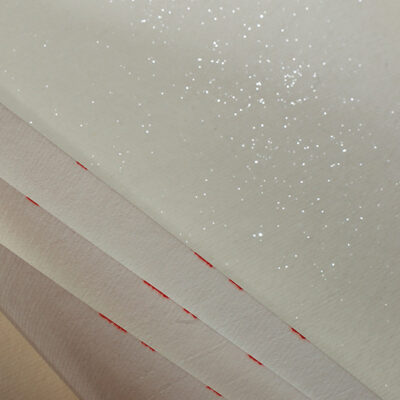 Premium Ripe Rice Paper
Premium Ripe Rice Paper -
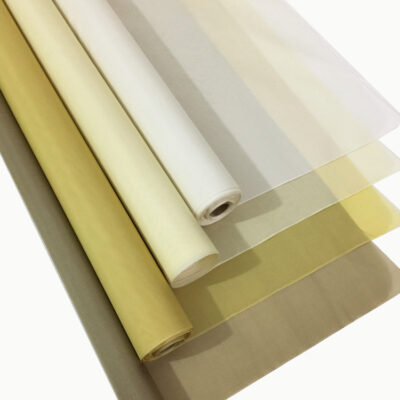 Silk For Painting, Ripe & Raw
Silk For Painting, Ripe & Raw -
 Premium Raw Rice Paper
Premium Raw Rice Paper -
 Rice Paper Sheets
Rice Paper Sheets -
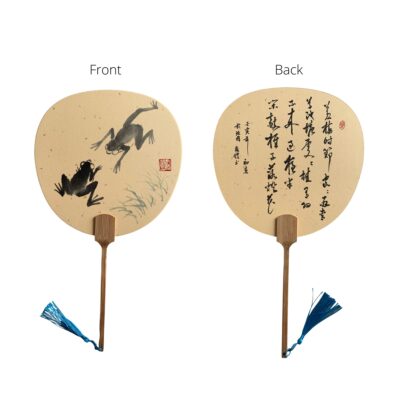 Rice Paper Fan
Rice Paper Fan -
 Colored Half-Raw Rice Paper
Colored Half-Raw Rice Paper -
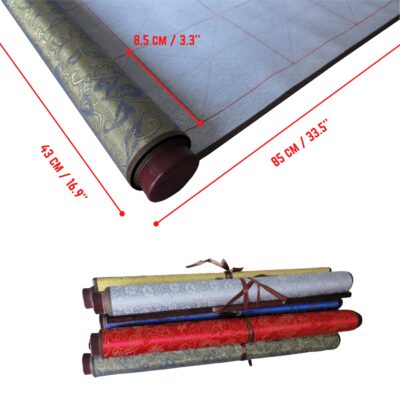 Water Writing Cloth, for Calligraphy Practice with only Water
Water Writing Cloth, for Calligraphy Practice with only Water -
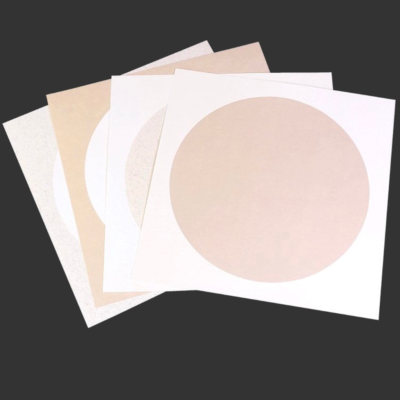 Pre-Mounted Rice Paper (pack of 10)
Pre-Mounted Rice Paper (pack of 10)
Buy Artworks | Learn Brush Painting | Learn Chinese Calligraphy
